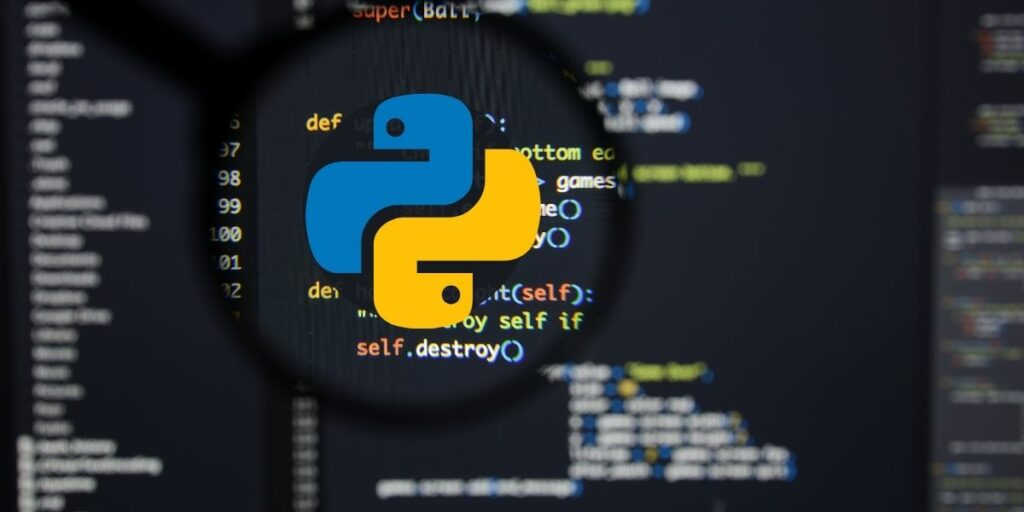
How to get SKEW statistics of Dataset
Skewness is a measure of the asymmetry of the probability distribution of a real-valued random variable about its mean. In other words, it measures how much the data is tilted or leaning towards one side of the distribution. A positive skew means that the tail on the right side of the probability density function is longer or fatter, while a negative skew means that the tail on the left side is longer or fatter. A zero skew refers to a symmetric distribution, where the tail on the left and right sides are equal.
In Python, there are several ways to get the skewness statistics of a dataset:
Using the skew() function in the statistics library: The skew() function can be used to calculate the skewness of data. It takes an iterable (list, tuple, etc.) or a Pandas DataFrame or Series as an input, and returns the skewness of the data.
Using the scipy library: The scipy.stats.skew() function can also be used to calculate the skewness of data. It takes an iterable (list, tuple, etc.) or a Pandas DataFrame or Series as an input, and returns the skewness of the data.
Using the pandas library: The pandas.DataFrame.skew() function can also be used to calculate the skewness of data. It takes a Pandas DataFrame or Series as an input, and returns the skewness of the data.
In summary, you can use the skew() function from statistics library, scipy.stats.skew() function or pandas.DataFrame.skew() function to get the skewness of a dataset in Python. Skewness helps to understand the symmetry of the data if the data is symmetric or not and can be used to make better decisions when working with it.
In this Applied Machine Learning & Data Science Recipe, the reader will learn: How to get SKEW statistics of Dataset.
Essential Gigs
For only $50, Nilimesh will develop time series forecasting model for you using python or r. | Note: please contact me…www.fiverr.com
For only $50, Nilimesh will do your data analytics and econometrics projects in python. | Note: please contact me…www.fiverr.com
For only $50, Nilimesh will do your machine learning and data science projects in python. | Note: please contact me…www.fiverr.com
For only $50, Nilimesh will do your gis and spatial programming projects in python. | Note: please contact me before…www.fiverr.com